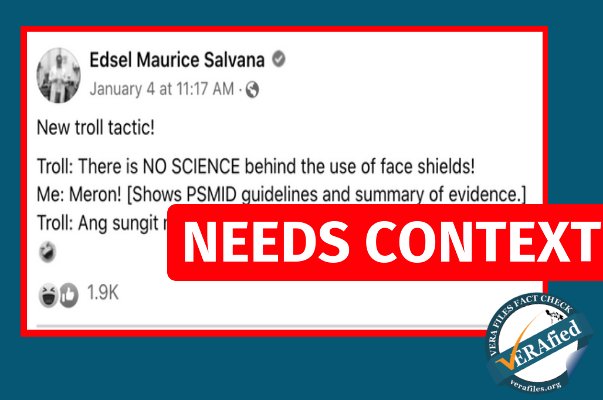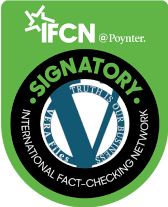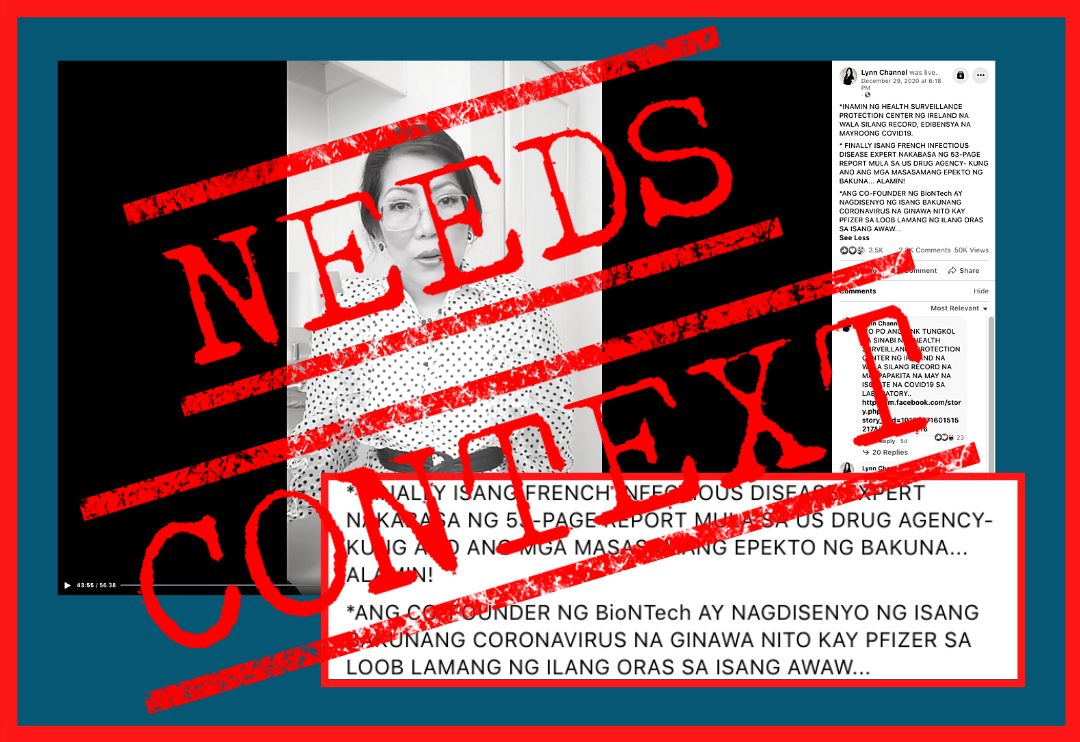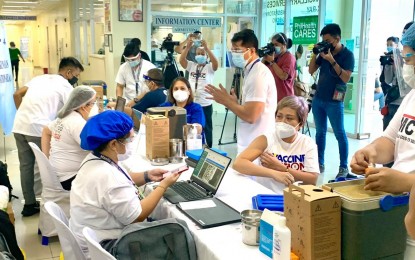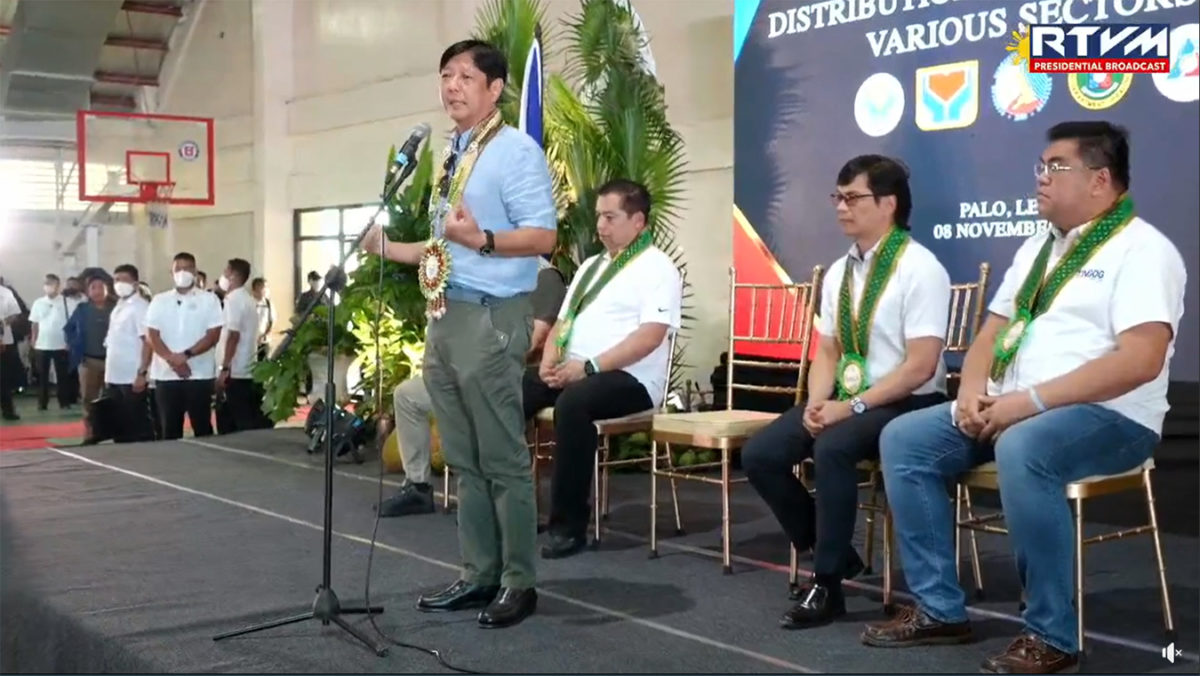This article was updated to correct a typographical error.
(UPDATED) The claim of Edsel Maurice Salvana, an infectious diseases doctor, that there is “science” behind the use of face shields as a defense against the coronavirus disease 2019 (COVID-19), lacks context.
STATEMENT
In a Facebook post on Jan. 4, Salvana, director of the Institute of Molecular Biology and Biotechnology at the University of the Philippines Manila-National Institutes of Health (UP Manila-NIH) and adviser of the Philippine government on its response against COVID-19, shared a supposed conversation with a social media troll:
“Troll: There is NO SCIENCE behind the use of face shields!
Me: Meron (there is)! [Shows PSMID guidelines and summary of evidence.]
Source: Edsel Salvana official Facebook account, New troll tactic!, Jan. 4, 2022 (11:17 a.m.)
Earlier that day, Salvana shared on Facebook the latest guidelines of the Philippine Society for Microbiology and Infectious Diseases (PSMID) on the use of face shields, saying that “many people are misreading the Living CPG (Clinical Practice Guidelines) Guidelines (sic) according to their biases.”
FACT
While the Living CPG task force, which is mainly composed of groups of medical specialists like PSMID, did recommend the use of face shields on certain conditions, it noted in the “evidence summary” the “very low certainty of evidence” to prove their effectiveness in preventing COVID-19 infection.
In a 14-page evidence summary dated Nov. 5, 2021, the task force led by the Institute of Clinical Epidemiology of the UP Manila-NIH in cooperation with PSMID, cited five studies involving health care workers. The set of recommendations was produced with funding from the Department of Health (DOH), and is primarily intended to guide health care providers. The summary stated the “overall certainty of evidence was very low as the studies were non-randomized, unadjusted for confounders and with high risk of bias as well as indirectness.”
“Three case-control studies showed a trend toward benefit with the use of face shields but this was inconclusive …Two pre- and post- face shield use surveillance studies showed significant benefit …, respectively,” the task force said in its key findings, noting that four of the studies were conducted in a health care setting and one in a community in India.
In assessing the evidence from the studies, the task force used the four-tier rating system of the Grading of Recommendations Assessment, Development and Evaluation (GRADE) Working Group, composed of international health experts working on grading systems for research on health care. GRADE defined “very low certainty of evidence” as “[t]he likelihood that the effect [of the research] will be substantially different (a large enough difference that it might have an effect on a decision) is very high.”
Despite this, the group still strongly recommended the use of face shields on top of face masks to the general public, as well as to medical workers who don’t directly provide care for COVID-19 patients, and in areas with sustained community transmission. It issued a “weak recommendation” on the lifting of the mandatory use of face shields on top of face masks among people in non-health care settings. However, it noted that the recommendations would be updated “as the evidence evolves.”
On the contrary, the United States Centers for Disease Control and Prevention (US CDC) does not recommend the use of a face shield to the public given an ongoing evaluation of its effectiveness.
The World Health Organization (WHO) says that the effectiveness of face shields “for source control has not yet been adequately studied.” It said face shields may provide only “partial protection”against respiratory droplets.
In late December 2021, President Rodrigo Duterte renewed his advice to the public to use face shields due to the threat posed by the new Omicron variant of COVID-19.
The government used to mandate the wearing of face shields outside residences, but some lawmakers and local officials called for a review of the policy, raising the lack of scientific basis on its effectiveness. (See VERA FILES FACT CHECK: To use or not to use: How the govt’s face shield policy evolve)
In November 2021, the government revised its guidelines on using face shields under a five-pronged community quarantine classification.
Wearing a face shield is now mandatory only in places under alert level 5, and voluntary in areas under alert levels 1, 2 and 3. Local government units and private establishments in places under alert level 4 are given the discretion to decide on the matter.
UPDATE: In a series of Facebook posts, Salvana stood by his claim. See his comments here, here, and here.
VERA Files Fact Check subsequently released a statement here.
Editor’s note: This article was updated to correct a typographical error.
